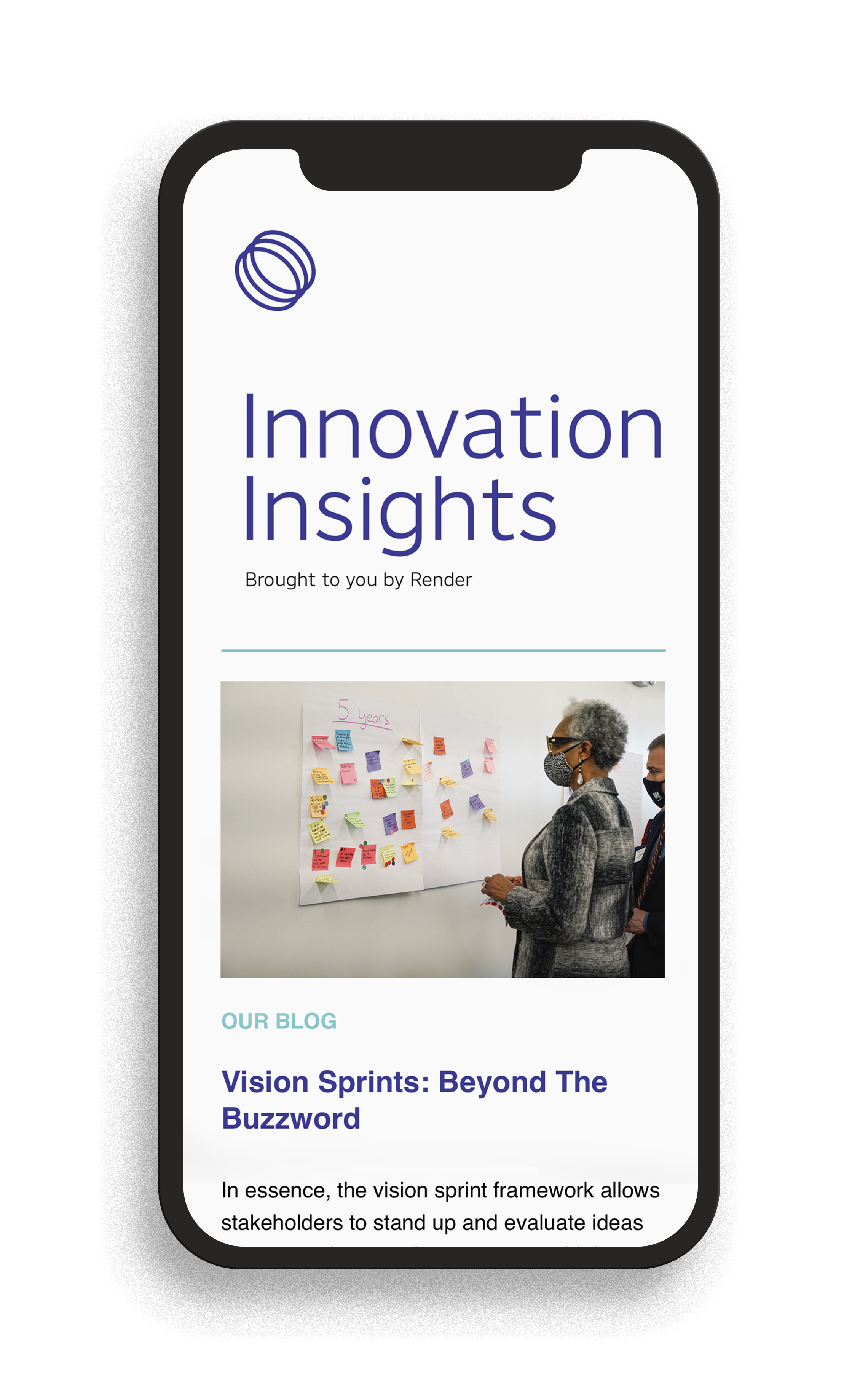The startup pitch as the ultimate make-or-break moment for an aspiring entrepreneur is so culturally saturated that it risks being trite–whether it’s “Shark Tank” or that one scene from “The Social Network”, total disruption of the tech world as we know it depends on how well this unassuming guy in a hoodie can charm his audience (cue sweeping string melody). Real pitches are less dramatic, but still high-stakes–the success of a startup depends on the founder’s ability to tell a story reliably, concisely, and compellingly, which is why if you can get past the hype, there are some excellent tools available to help you nail your next persuasive presentation. Even if you’re not trying to entice that last investor to close a $30M round of funding, you can use the same building blocks that work for startup pitches to get any point across, no matter the stakes.
Since half of Render is a venture firm investing in early stage startups, we see plenty of startup pitches, and the best ones follow the gold-standard format outlined in the Kawasaki pitch deck. Released to the world by all-around tech evangelist Guy Kawasaki because he was tired of seeing rotten pitches, this deck made a big splash ten years ago when business school plan presentations were more common, and it has stuck around for a reason–it’s a fool-proof recipe for a good story.
The Kawasaki Pitch Deck packs your story into just 10 slides, and we’ve updated the descriptions for guidance outside of the startup world below:
- The Problem
- This creates a sense of urgency and establishes the need for your solution.
- Some of the most compelling pitches we see start with a personal problem–if your audience understands the problem, they’re more likely to understand why it needs solving.
- Value proposition (the solution)
- Present your solution to the problem.
- Showcase how it addresses pain points and provides value.
- Demonstrating the practicality of your solution is crucial
- Underlying Magic (with a little bit of traction)
- Why is your solution or idea special? What is the secret sauce that makes your solution succeed where others have failed?
- What is your evidence that your solution will work? Numbers here are great: user numbers, sales, market data, etc.
- The goal here is to add credibility and convince your audience that your solution is feasible.
- Showcasing past successes or endorsements can help engender trust.
- The Business Model
- Explain how your solution saves money, makes money, or otherwise benefits stakeholders.
- This with the previous slide is a setup for a powerful 1-2 punch: not only does this solution solve the pain we talked about, it also saves us money!
- In broader business pitches, a solid revenue model is equally vital for demonstrating sustainability.
- Go-to-market plan
- This one’s a larger departure from its original Kawasaki form, but if your persuasive presentation doesn’t benefit from a snapshot of market size and potential, you can use this opportunity to talk about how you can feasibly scale your solution to get the most impact. Which important stakeholder have you already won over who are critical to this solution’s successful implementation?
- The Competition
- How are the people who will be using your solution solving that problem today?
- Why is your solution superior to the one already in use?
- The Team
- Showcase your team's qualifications and expertise.
- Stakeholders want to feel that they are entrusting resources to high-performing teams, so let them know yours is very capable.
- The Projections
- Provide a clear path for solution rollout and success.
- Be sure to include any projected cost savings and a timeline to help illustrate when your solution breaks even.
- The Ask
- What do you need from your audience in order to succeed? Is it approval, a budget adjustment, general buy-in?
- Be transparent about any funding needs.
- In any persuasive pitch, being clear about your requirements sets expectations.
- The Contact
- Include contact information for follow-up.
No matter what the ask, this format can help you organize your thoughts into a cohesive narrative that delivers the details your decision-makers need. Feel free to use our template here for a drama-free start to your next presentation.






